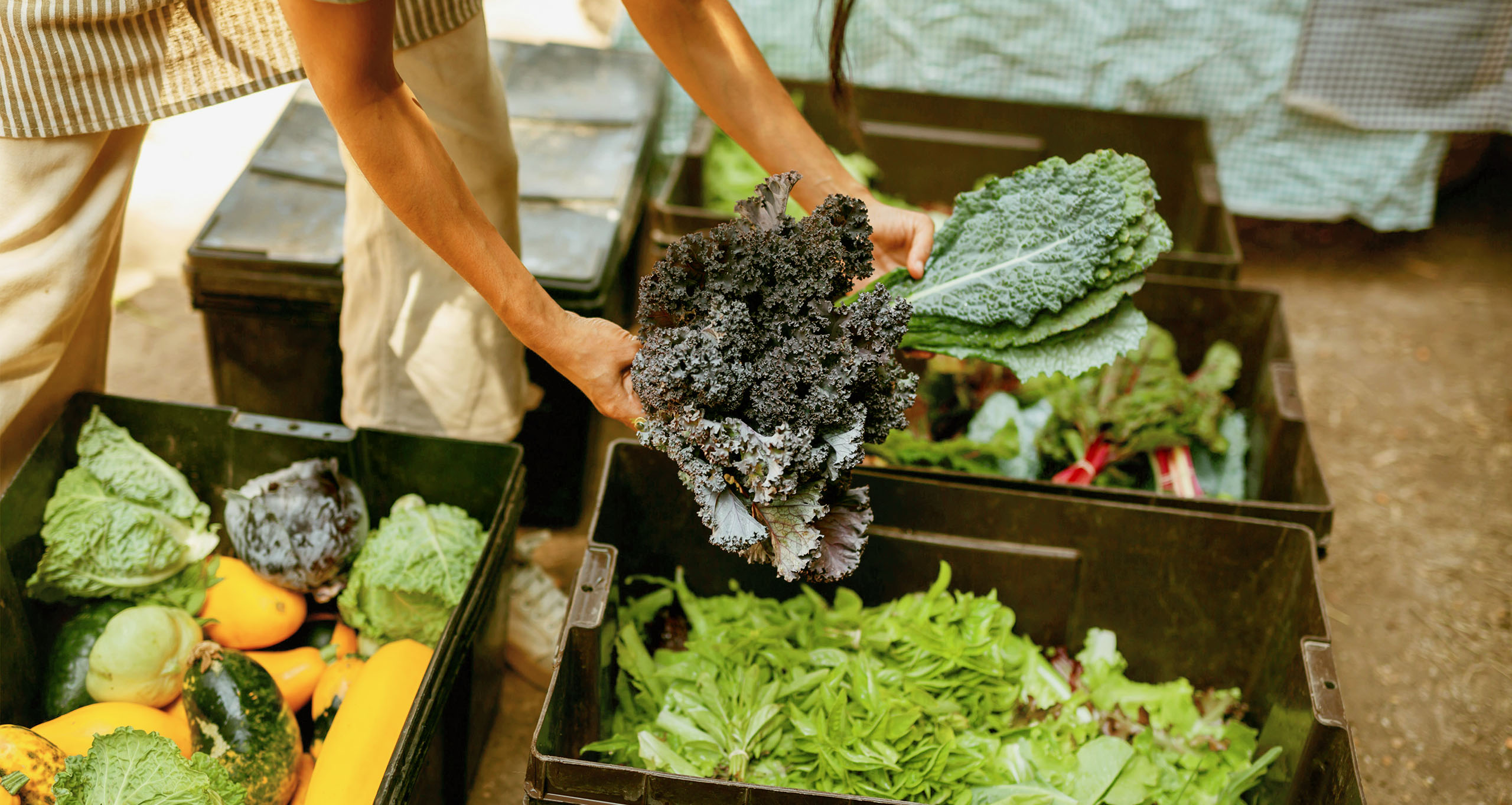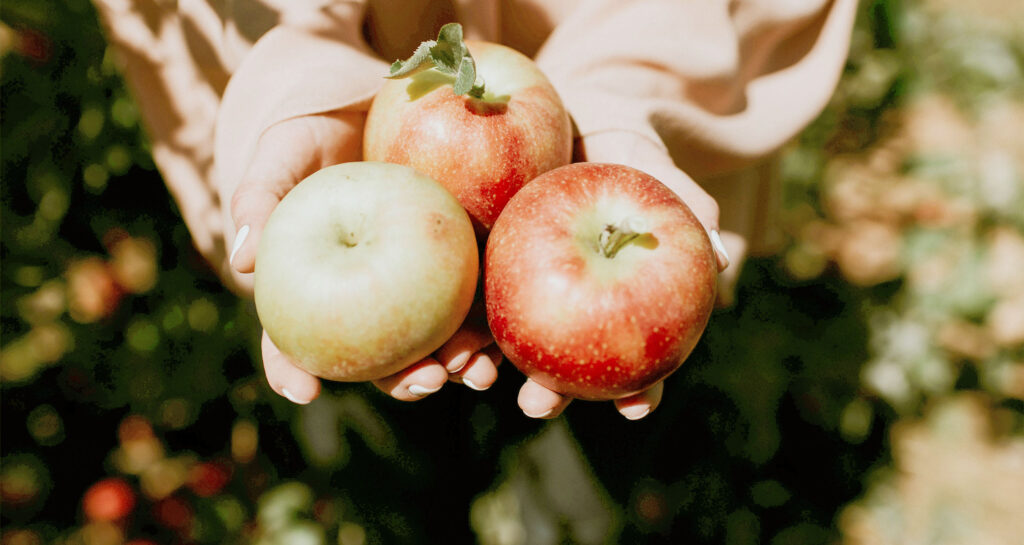Reconnect with the seasons: 5 easy steps to seasonal eating
Published on July 13, 2025

You don’t need to grow your own food or shop at the farmers market every Saturday to eat seasonally. In fact, eating with the rhythm of nature can be one of the simplest, most joyful ways to nourish your body and reconnect with what it means to be human.
Seasonal eating isn’t about chasing trends or adhering to a rigid food philosophy. It’s about alignment—tuning into what the earth is already offering and letting that simplicity bring ease and beauty to your daily meals.
For young professionals juggling work, relationships, and big dreams, eating seasonally offers a counterbalance: slower rhythms, richer tastes, and a quiet reminder that life moves in seasons, too.
Here’s how to begin—with no stress, no perfectionism, just five practical steps.

1. Learn what’s in season where you live
Eating seasonally starts with awareness. What’s growing near you right now? What’s fresh, local, and ready to harvest?
You don’t have to memorize complicated calendars. Just take a few minutes to explore resources like SeasonalFoodGuide.org or Farm Flavor or call your local agricultural extension. Many grocery stores also give clues (if apples are everywhere and deeply discounted, it’s probably apple season).
Learning what’s in season grounds you in your specific place. It also opens up a deeper connection to creation—you begin to notice the abundance right in your own region.

2. Simplify meals around seasonal anchors
One of the best things about seasonal eating? You don’t have to get fancy. A few simple ingredients can carry the weight of your meals when they’re at their peak.
In spring, it might be asparagus or radishes. In summer, tomatoes, basil, and peaches. In autumn, roasted squash or crisp apples. Let one or two ingredients shine, and build meals around them—soups, grain bowls, salads, simple pastas.
You’ll spend less time planning and cooking, and more time savoring. When food tastes this good, you don’t need to do much to it.

3. Embrace imperfect progress
Seasonal eating is not a purity test. It’s not about cutting out bananas or shaming yourself for a midwinter mango. It’s about intention, not perfection.
Start with small shifts: adding one seasonal vegetable to your weekly grocery list. Swapping out imported berries for apples in January. Choosing local honey instead of processed sugar.
Let yourself grow into the habit. One step at a time is still the natural way.

4. Try a seasonal food challenge
If you’re the kind of person who likes a mini-adventure, try this: once each season, spend a week eating as seasonally as you can. Use it as an excuse to explore new recipes, try unfamiliar produce, or visit a nearby farm stand.
Keep a food journal—or better yet, share meals with friends and make it social. You’ll be surprised how fun it is to “eat the season” when it’s framed as discovery, not discipline.
You might even find yourself anticipating each season’s unique flavors. Rhubarb in spring, sweet corn in summer, roasted root veggies in winter—it’s a way to savor time itself.

5. Celebrate the seasonal shifts
We’re wired for ritual. That’s why seasonal transitions feel significant. Marking those changes through food can deepen your experience of the year.
Maybe it’s picking apples in September, making your grandmother’s cranberry sauce in November, or baking a citrus cake in January when oranges are sweetest.
These small food traditions can anchor your year. They connect you to the land, to your past, and to those you share meals with.

Why it matters
When you eat seasonally, you begin to see food not just as fuel, but as a gift. It becomes less about restriction and more about rhythm. You slow down. You tune in. You enjoy.
You may notice:
- Lower grocery bills, because you’re buying what’s abundant.
- Less food waste, because fresh food lasts longer.
- More satisfaction, because your meals are naturally varied and flavorful.
- A deeper sense of connection—to your place, to the Earth, and to the rhythm of life itself.
Eating seasonally is a joyful, simple way to reconnect with nature and bring more peace, flavor, and meaning to your meals. Start small—just notice what’s in season and build one or two meals around that.
Recommended next steps:
- Check a seasonal food guide for your state.
- Pick one in-season item to try this week.
- Plan a simple seasonal dinner with a friend.



